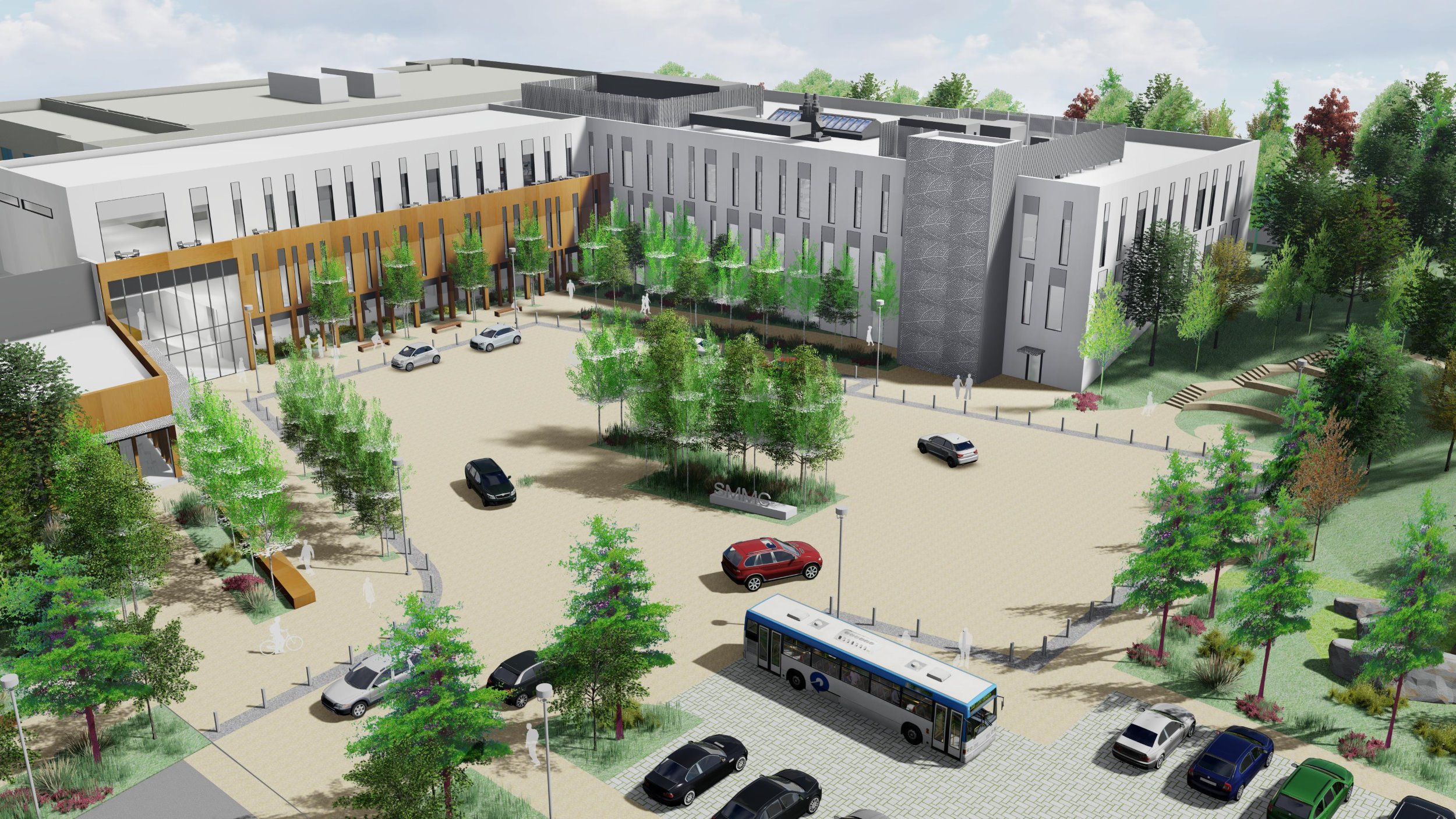Ambulatory & Emergency Care Models
During the recent Third Annual California Hospital, Outpatient Facilities, & Medical Office Buildings Summit, hosted by Corporate Realty, Design & Management Institute, our own Kevin Hinrichs, President of Taylor Design, co-presented on the topic of Ambulatory & Emergency Care Models: An Analysis of Northern California and National Site Selection, Design, and Operating Models alongside Peter Shih of San Mateo County and Natale Stephens of Page.
There is a growing demand for convenience within our lives. In the healthcare industry, this on-demand lifestyle is ever-increasing, with more patients expecting immediate care from nearby clinics. According to Market Innovation Center’s 2019 “Primary Care Consumer Choice Survey,” seven out of the top ten clinic attributes focused on access, such as the ability to walk into an appointment and be seen in thirty minutes or be a ten-minute drive or less to the clinic. Patients want to be treated quickly and conveniently, and health care clients are following suit.
San Mateo County Health is a county health department that administers public health programs and provides clinical and supportive services to the community. The County is in the process of redesigning their Health System Campus with Taylor Design as the Executive Architect. The campus sits on a steeply sloped site and largely serves an aging and disabled population.
From a County perspective, Shih, Senior Manager of Delivery System Planning at San Mateo, spoke about the importance of access for their aging and disabled demographic. Their patients were consistently missing their appointments, so the County identified causes that were hindering patients’ ability to be there on time: access to transit and access to core services near home or work. To ease access, Shih said the Taylor Design team focused on redesigning the new campus to be as transit-oriented as possible to allow for increased accessibility.
Another consideration for the new San Mateo campus was centered around the decentralization of its services. Hinrichs explained that most of the County services were currently provided or headquartered at the campus. In order to design for improved access, Shih and the Taylor Design team recognized the focus needed to shift from the centralized medical center in San Mateo to a decentralized regional system that provides services across the County.
The decision to expand its services beyond San Mateo was largely informed by data-driven decision-making. Shih noted that 60% of San Mateo County Health’s aging patients live in the North County, centered around South San Francisco. Knowing this, the County is better able to serve its clientele by building a clinic in the area with nearby public transit.
Service design not only includes accessible care for patients, but also employee retention. Hinrichs stressed that location and access are as important for staff as they are for patients. The healthcare industry is a highly competitive market for hiring, so healthcare providers must consider the convenience of going to work, as well as designing a facility that is attractive and comfortable for its staff. Nowadays it’s not enough to simply have a well-run facility. Designers must consider the facility’s design, sociability, accessibility, and convenience to create a quality experience from the moment a person enters to when they exit.
In addition to the conversation around access, Stephens, Healthcare Planner at Page, also reviewed general trends around patient volume within urgent and emergency services. Wait times at urgent care clinics are becoming increasingly long, driving patients to emergency departments instead to avoid the delay. As a result, there’s been an increase in urgent care clinic expansions in the United States to mitigate the wait and meet the growing demand.





